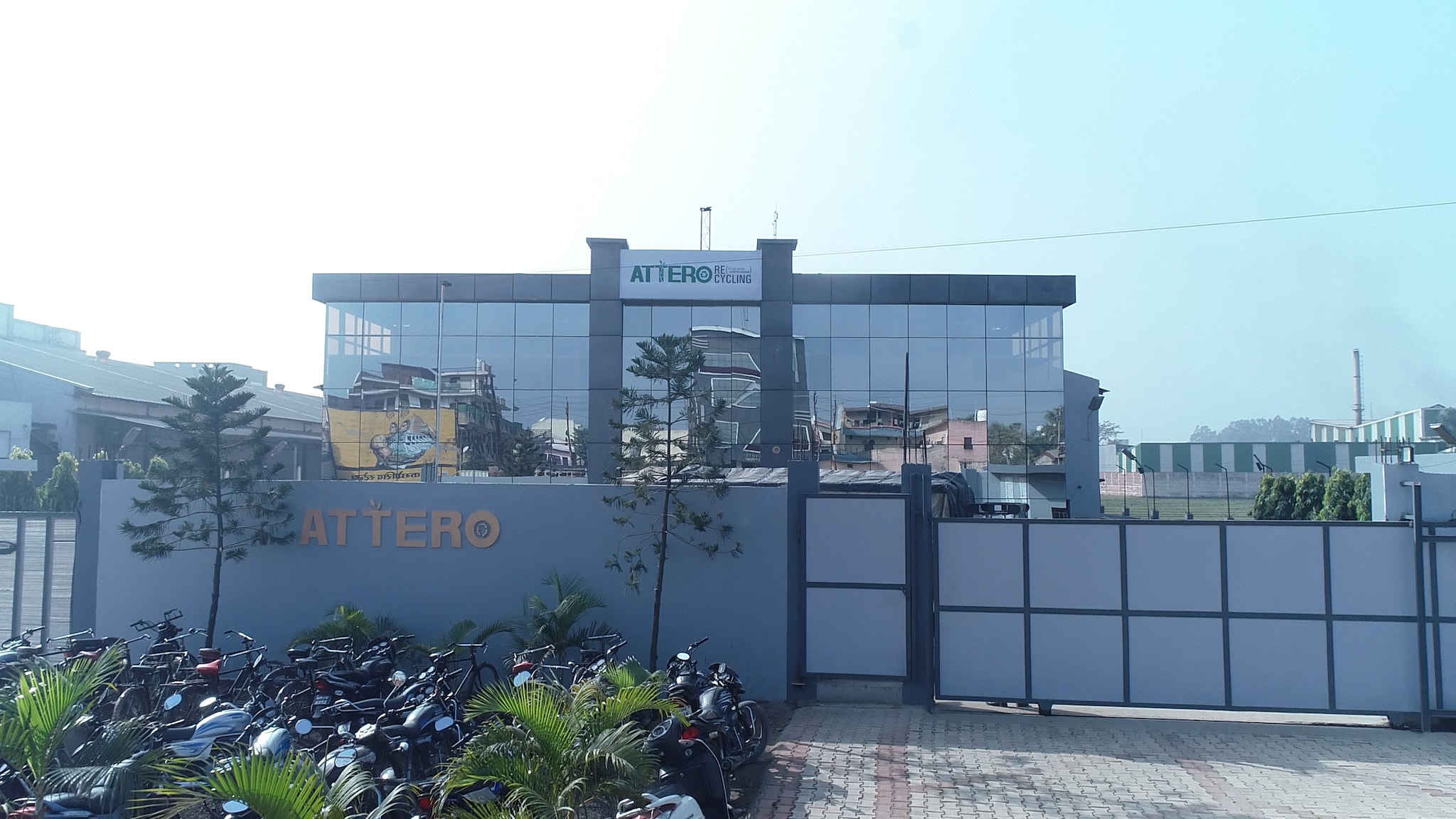Electronic waste is becoming a serious concern India As per the Global E-Waste Monitor’s 2020 report, the country’s e-waste production has grown 2.5 times to 3.23 million metric tonnes in the six years to 2019.
The exponential growth of the information and communication technology sector has led to an increase in the use of electronic devices. Rapid obsolescence and subsequent upgrades to electronics products are forcing consumers to abandon older products, resulting in massive e-waste entering the solid waste stream.
E-waste in India is growing at the rate of 10% per annum. Dr S Chatterjee, an expert, said in a report – Electronic Waste and in India that most of the e-waste recycling happens in the informal sector, using crude and hazardous processes.
Although e-waste is not harmful if it is stored in a safe place, recycled using scientific procedures, or transferred in parts or in its entirety to the formal sector. However, e-waste that is recycled using primary technologies can be harmful.
E-waste includes a wide variety of substances, such as heavy metals, polymers and glass, that are potentially harmful and harmful to the environment and human health if not treated properly. The use of crude methods for recycling e-waste in the informal sector can also harm the environment.
Now, there is a clear indication of a boom in the electric vehicle sector, this could put additional burden on the challenges of e-waste.
To understand and tackle the issues, News18 spoke to Nitin Gupta, CEO and Co-Founder of Attero Recycling, an end-to-end e-waste management and Li-ion recycling solutions provider in India.

How to tackle India’s growing e-waste?
India is the third largest producer of e-waste after China and the US. According to the report of the Central Pollution Control Board, India generated 1,014,961 tonnes of e-waste in the financial year 2019-2020. This was 32% more than the e-waste generated in the financial year 2018-2019.
The most effective way to deal with e-waste is to ensure that it is recycled effectively in a sustainable manner. Most of the e-waste in the country is still collected and handled by the informal sector. Steps have to be taken to ensure that e-waste moves through proper channels and is recycled properly.
International practice for the management of e-waste
E-waste management policies differ from country to country. In India, we have a great infrastructure. The biggest challenge before us is awareness. Even today many people do not know the best way to dispose of e-waste.
Some EU countries recycle about 80% of the e-waste produced. In contrast, around 90% of e-waste in India is still managed by the informal sector.
E-Waste Rules of India
India is the only country in South Asia to have enacted specific laws for e-waste management since 2011. From transportation and storage to recycling of waste, these laws provide a complete framework. The government has also introduced the concept of Extended Producer Responsibility (EPR). Under this, it becomes the responsibility of the manufacturer to ensure that end-of-life products are collected and recycled. The government will assign specific targets to producers who will be financially and/or physically responsible for these products from the time they are sold until they are recycled.
A draft EPR regulation for Li-ion batteries is also in the works and should be out soon. This will help streamline the process and ensure that end-of-life products are recycled properly. There is also a draft regulation in the works for a circular economy. The intention behind this is to increase the adoption of recycled production. This regulation makes it mandatory for companies that use metals to have at least some percentage of their inputs come from recycled output.
EV popularity and e-waste challenges
By 2030, India aims to account for 30% of private cars and 70% of commercial vehicles for EV sales. The growing popularity of EVs and consumer electronic materials will lead to a manifold increase in e-waste and Li-ion waste. The most efficient and effective way to deal with hazardous materials is to recycle them.
India has minimal reserves for all the major metals needed to make EV batteries, including lithium, graphite, cobalt and nickel. Recycling EV batteries will also help to overcome that challenge.
Li-ion Waste Solution
Etero can recycle e-waste and Li-ion waste and can also supply critical raw materials for battery cells. The company plans to double the capacity in e-waste management to 3 lakh metric tonnes by the end of 2022. “In the Li-ion recycling business, we are currently recycling 1,000 metric tonnes of Li-ion waste in India. We are already in the process of expanding this capacity and reaching 11,000 MT by October 2022. In the next five years, we will reach a capacity of over 50,000 metric tonnes,” said the company’s CEO.
future plans
Li-ion batteries are becoming increasingly ubiquitous in nature. Over $100 billion has been invested in the Li-ion battery ecosystem from a manufacturing standpoint. “We started recycling Li-ion batteries three years ago. We knew that when these batteries became end-of-life, they would be an ecological hazard and would have to be recycled in an environmentally friendly way,” said Gupta. Another important consideration was that the cost of the battery accounts for about 50% of the cost of an EV. Of this, at least 35% of the cost is from the metals that make up this battery, including cobalt, lithium, graphite, manganese and nickel. These metals Each of them has significant ESG issues and supply safety issues.
read all breaking news , today’s fresh news watch top videos And live TV Here.